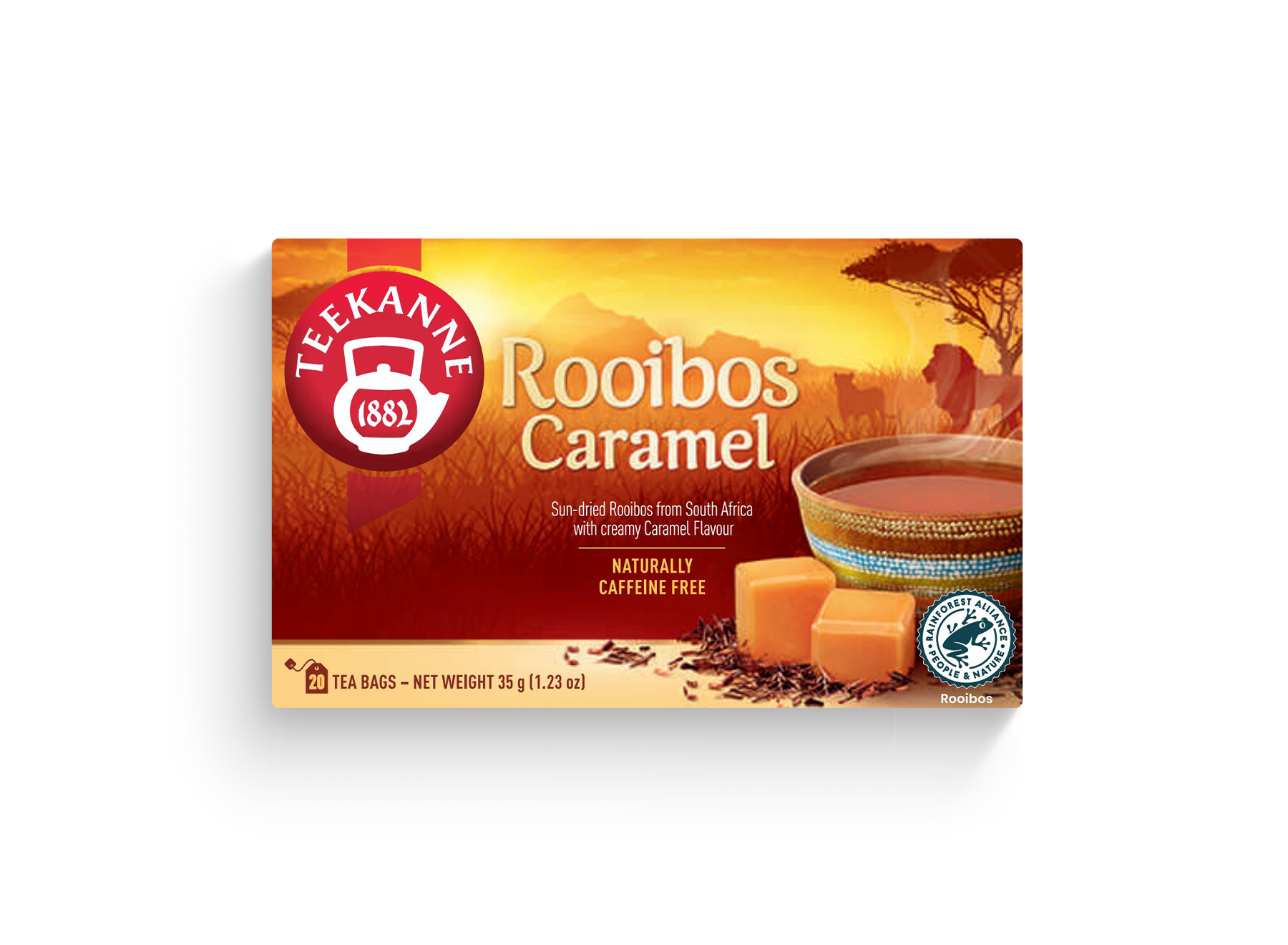Green Tea – Chinese Tradition in a Tea Bowl
Green tea is made from the tea plant Camellia sinensis, which is particularly native to China and India and from which various types of tea can be obtained. Green tea belongs to a centuries-old Chinese tradition. In the history of its spreading, green tea became popular also in Japan.
Fresh green tea is characterized by the fact that the leaves of the plant are rolled and not crushed to preserve the active ingredients and aroma. For further processing, the leaves are heated, roasted or steamed so that the ingredients inside are sealed. Green tea has a more astringent taste than black tea, for example, due to the fermentation that is not carried out.
Preparation: Green Tea as a Taste Experience
Before it came that green tea was sold in tea bags, it took some time. Green tea was already cultivated and prepared for consumption in the first centuries after Christ. In the 7th to 10th centuries of the Chinese Tang Dynasty, freshly picked tea leaves were roasted and then pressed into so-called tea cakes, which were infused with hot water. In the Song Dynasty of the 10th to 13th centuries, the steps were simplified so that the dried tea leaves were ground into powder and then infused. Finally, with the Ming Dynasty of the 13th to 17th centuries, the dried loose leaves were added directly to boiling water to brew green tea.
Japanese culture gained access to green tea and the tea ceremony during the Nara period in the 8th century. Green tea was made there by grinding the dried loose tea leaves in a stone mill and whisking them in hot water with a tea whisk. Fresh green tea and its production is still popular in Japan today in the form of a tea ceremony.
Green tea is diverse and intense in flavor – through centuries of research into tea, there is something for every moment of enjoyment.











